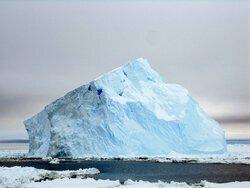Welcome to the Virtual Base Camp, the starting point for your exploration of the polar regions with PolarTREC teachers and researchers!
2019 Expedition Timeline
Expeditions
Carbon in the Arctic
What Are They Doing?
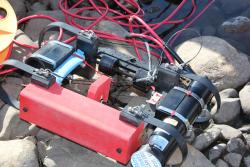
Expedition Map
Phenology and Vegetation in the Warming Arctic 2019
What Are They Doing?
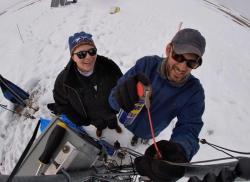
Expedition Map
Fire and Carbon in Siberian Forests
What Are They Doing?
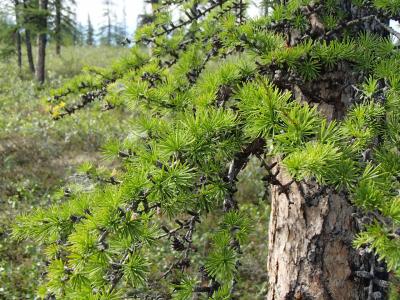
Expedition Map
UTEP Arctic Change and Education
What Are They Doing?

Expedition Map
Shrubs Snow and Nitrogen in the Arctic 2019
What Are They Doing?
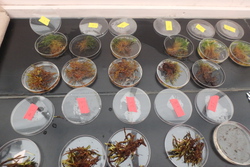
This project will assess contributions of different shrub feedbacks to carbon and nitrogen cycling, and improve predictions of the consequences of shrub expansion in the Arctic for regional and global climate.
Expedition Map
Northern Chukchi Integrated Study
What Are They Doing?
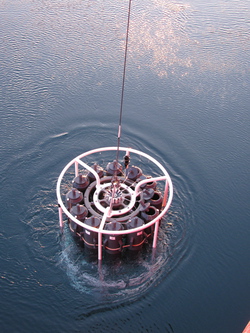
Expedition Map
MOSAiC
What Are They Doing?
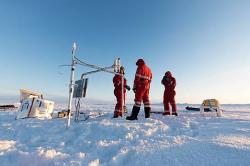
MOSAiC will contribute to a quantum leap in our understanding of the coupled Arctic climate system and its representation in global climate models. The focus of MOSAiC lies on direct in-situ observations of the climate processes that couple the atmosphere, ocean, sea ice, bio-geochemistry and ecosystem. MOSAiC observations will be specifically designed to characterize the important processes within the atmosphere-ice-ocean system that impact the sea-ice mass and energy budgets. These include heat, moisture, and momentum fluxes in the atmosphere and ocean, water vapor, clouds and aerosols, biogeochemical cycles in the ocean and ice, and many others. The MOSAiC project has it's own website here.
Expedition Map
Weddell Seals: Growing Up on Ice
What Are They Doing?
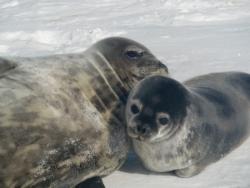
The question is: What does it take for a Weddell seal to survive and successfully make the transition between two extreme environments – above and below the Antarctic sea ice – in only a matter of weeks? To answer this, Cal Poly scientists and a marine mammal veterinarian will venture to Antarctica to study the development of thermoregulation and diving in Weddell seals.
Expedition Map
Thermal Sensitivity of Embryos and Larvae of Antarctic Marine Ectotherms
What Are They Doing?

Expedition Map
Antarctic Fish Development Under Future Ocean Conditions
What Are They Doing?
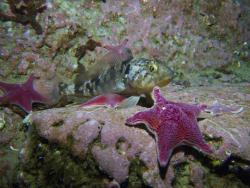
Expedition Map
IceCube and The Askaryan Radio Array 2019
What Are They Doing?

The fully built ARA project, also located at the South Pole, will have an effective volume 100 times bigger than IceCube. The trade off is that it is only capable of observing radio waves from extremely high energy neutrinos, a million times more energetic than the neutrinos produced by cosmic rays in the atmosphere. This neutrinos are extremely rare, which is why such a large detector is needed to increase the chance of seeing one.
Expedition Map
Thwaites Offshore Research
What Are They Doing?
